As society has evolved over the past century, so have kitchens. Driven by advances in technology, unfortunate decor trends and more, here are some of the strangest kitchen trends of past decades.

1930s: Fold-Out Ironing Boards
As kitchens evolved during the 1930s, a space-saving feature that became part of many small kitchens of the era was a ironing board hidden behind a wall panel, which could fold out for easy use.
Related: Scott McGillivray Ranks the Worst Home Design Trends of the Last 10 Years

1940s: Rounded Surfaces
The 1940s saw kitchens embrace a more rounded design, with edges that had previously been squared-off replaced by circular features, particularly in countertops.
Related: The 18 Worst Design Trends of the Last 50 Years

1950s: Built-In Cutting Boards
With space at a premium in 1950s kitchens, one odd innovation came by installing a pull-out cutting board just beneath the kitchen countertop, which could be slid right back in after it had served its purpose.
Related: 10 Decor Trends That Are Making Your House Look Outdated

1960s: Refrigerator Egg Storage
were a big part of the 1960s diet, so much so that refrigerators of the era had slots built in to the door’s shelving where individual eggs could be stored, available for quick, easy access.
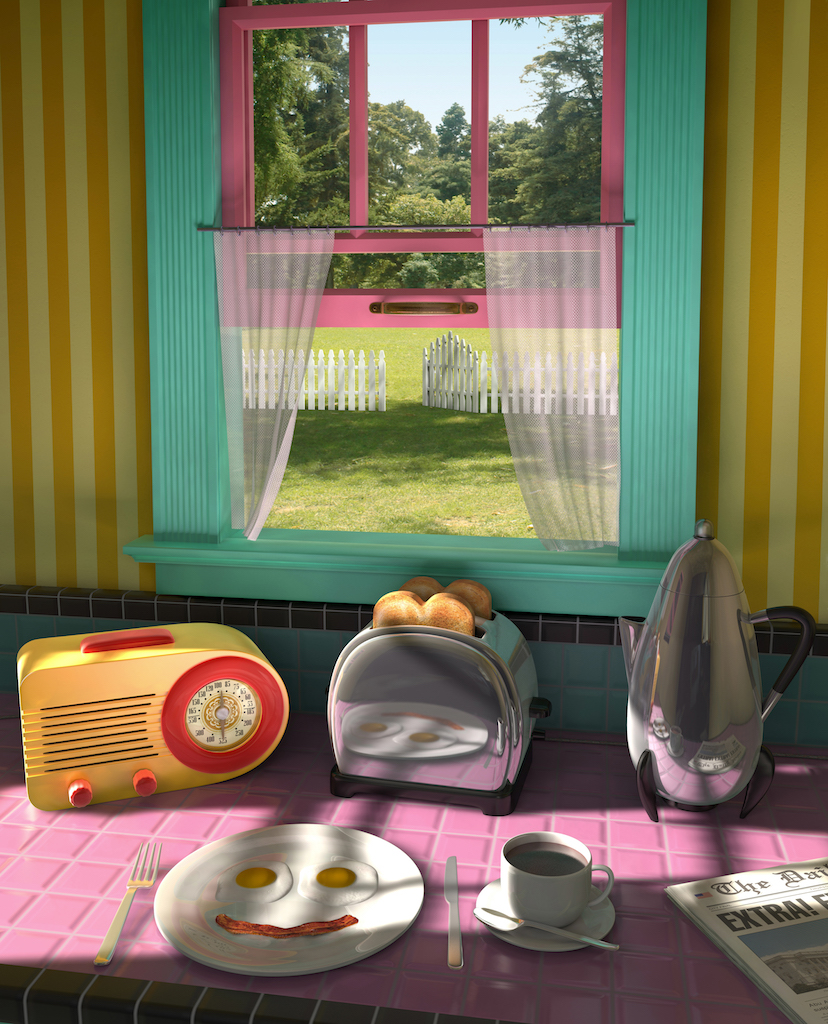
1960s: Space Age Styling
The 1960s saw American and Russia engage in a space race – and this new obsession with outer space became part of the era’s design trends by imbuing everyday objects with a sleek “space age” feel.
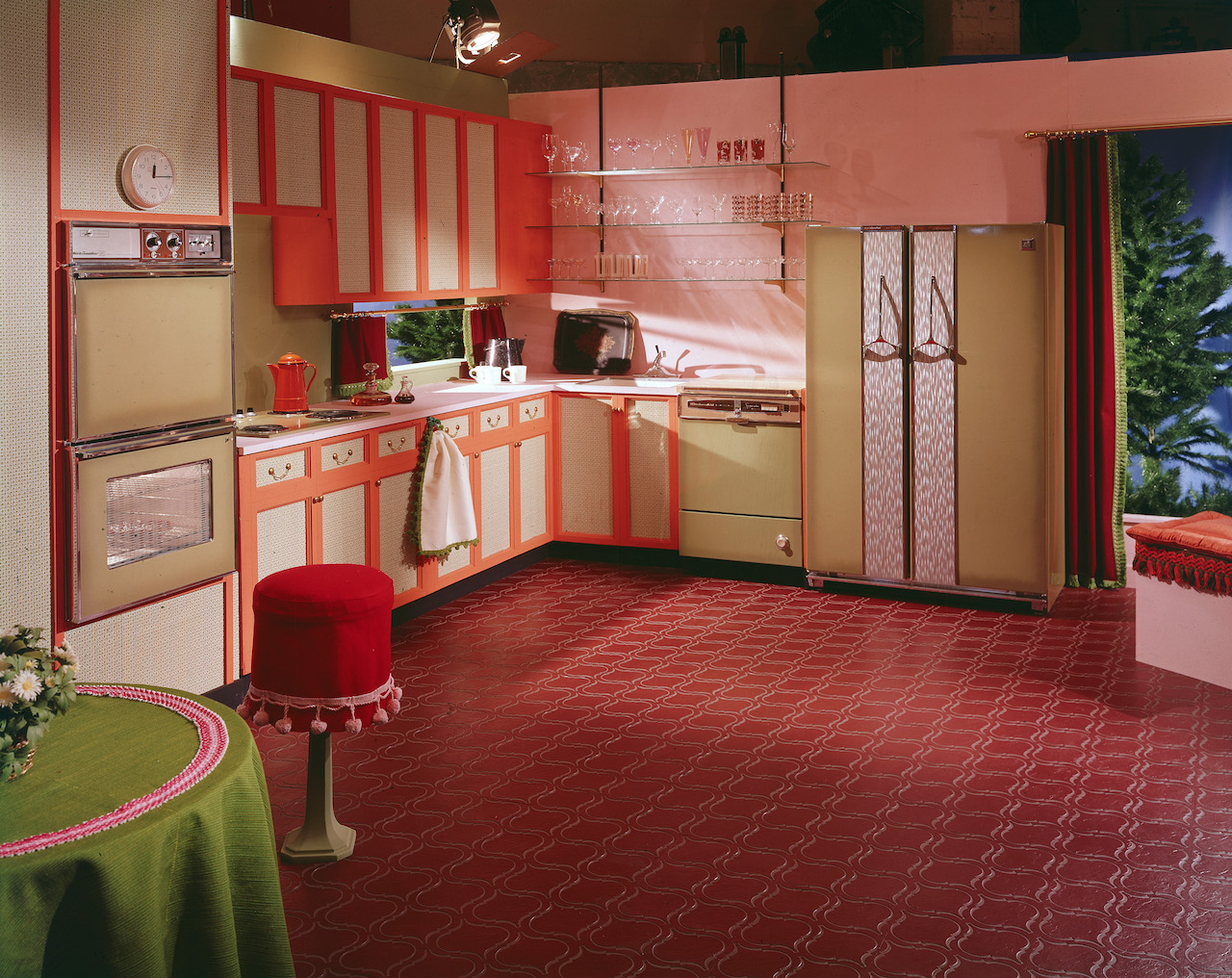
1960s: Mix-and-Match Colours
The 1960s also saw the kitchen colour palette become wilder and more colourful, mixing hues that really had no business being in the same room together. Here’s how to weave colour into your home without going overboard.
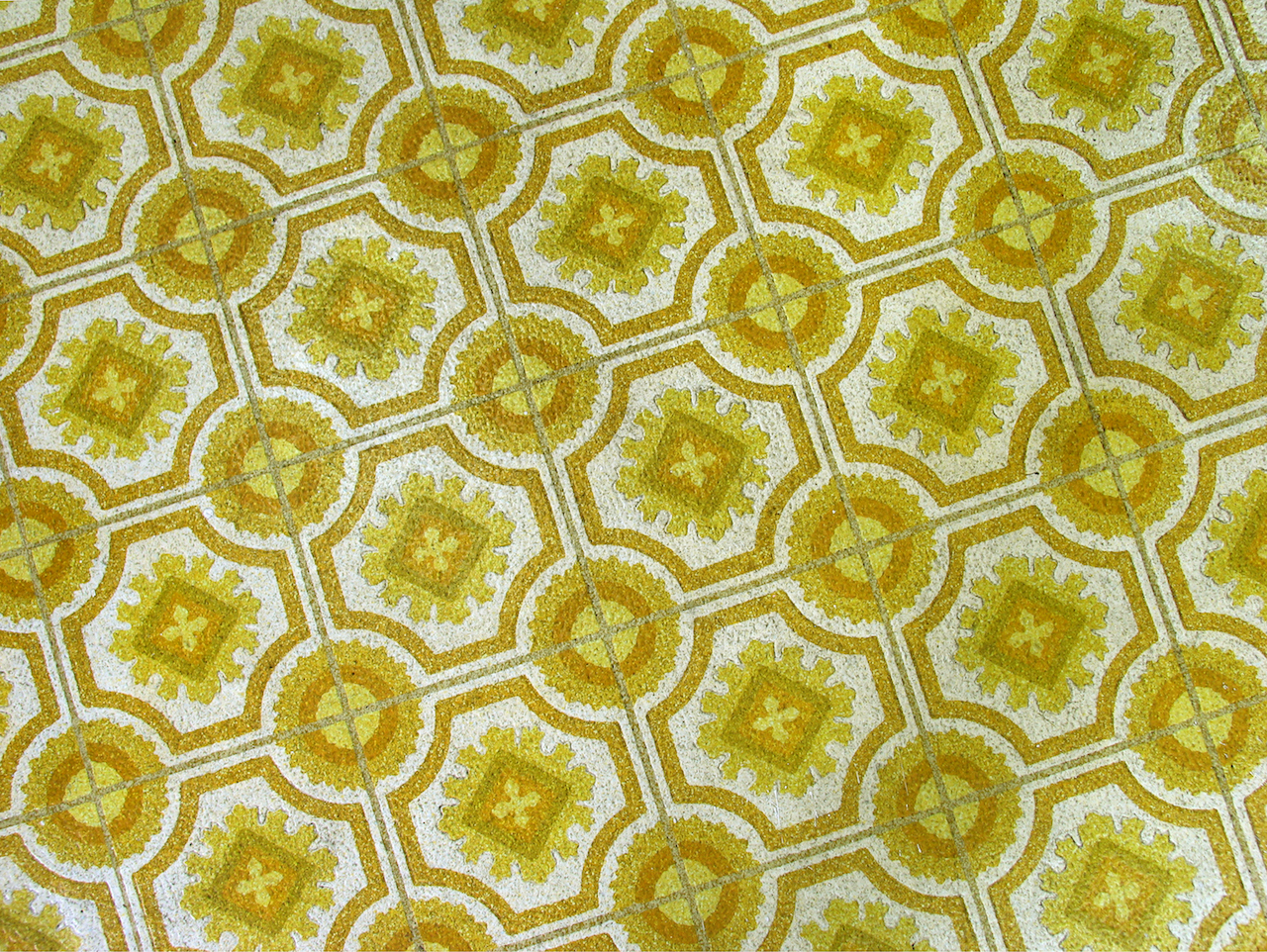
1970s: Crazy Linoleum
Linoleum is a word that will elicit gasps of horror from modern-day designers, but the much-maligned flooring has been a kitchen staple for much of the 20th century due to its durability and easy-clean properties. During the 1970s, however, checkerboard patterns and simple styles went out the window as wilder, groovier designs took over.
Related: The 17 Hottest Kitchen Cabinet Trends for 2020
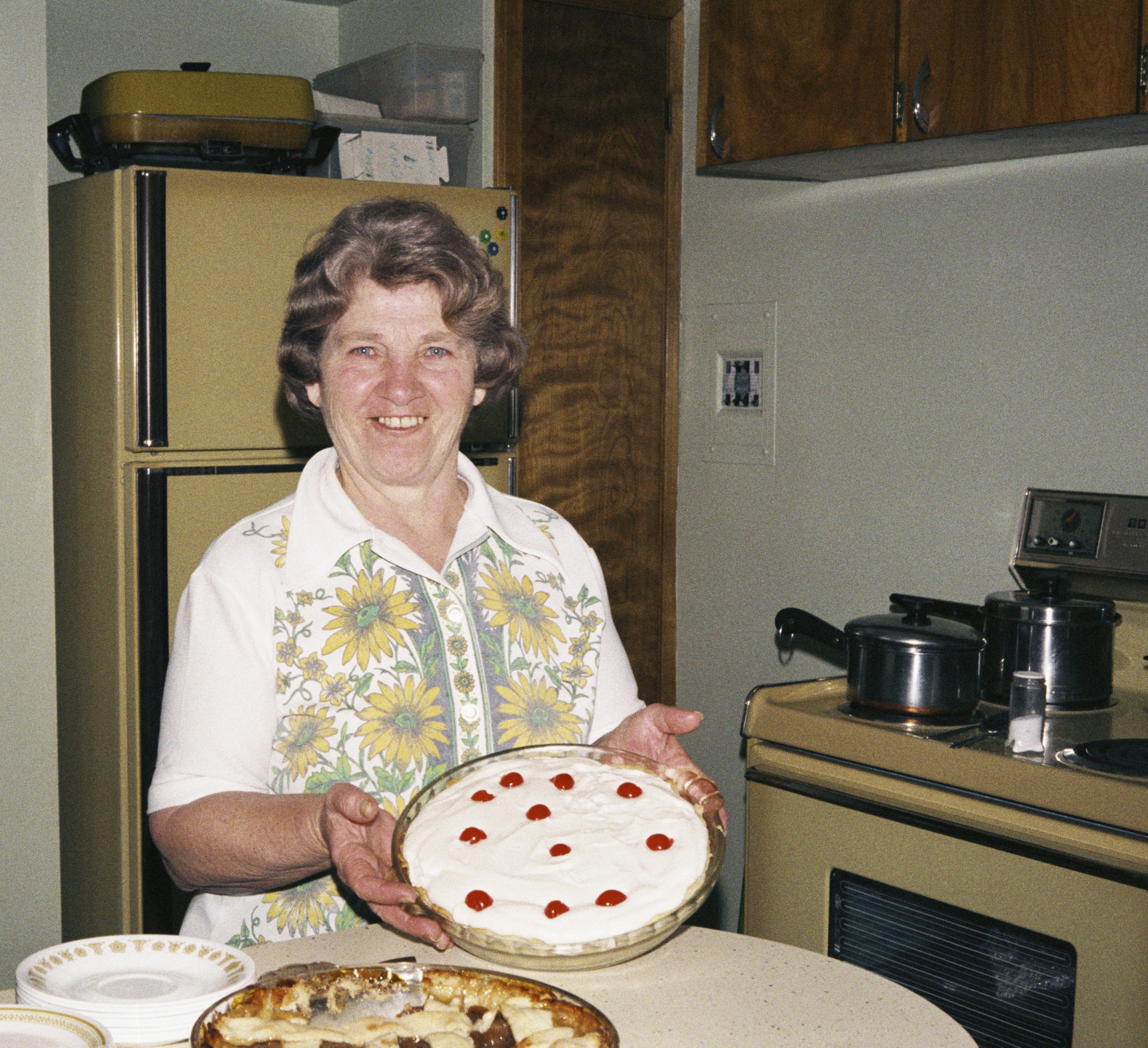
1970s: Avocado Appliances
First introduced in the latter part of the 1960s, avocado-coloured appliances really took flight during the ’70s, along with similar colours such as “Harvest Gold.” As designer Sarah Archer told Jezebel, these nature-inspired hues reflected the hippie ethos of the era, with some manufacturers even adding such features as woven rattan to kitchen appliances.
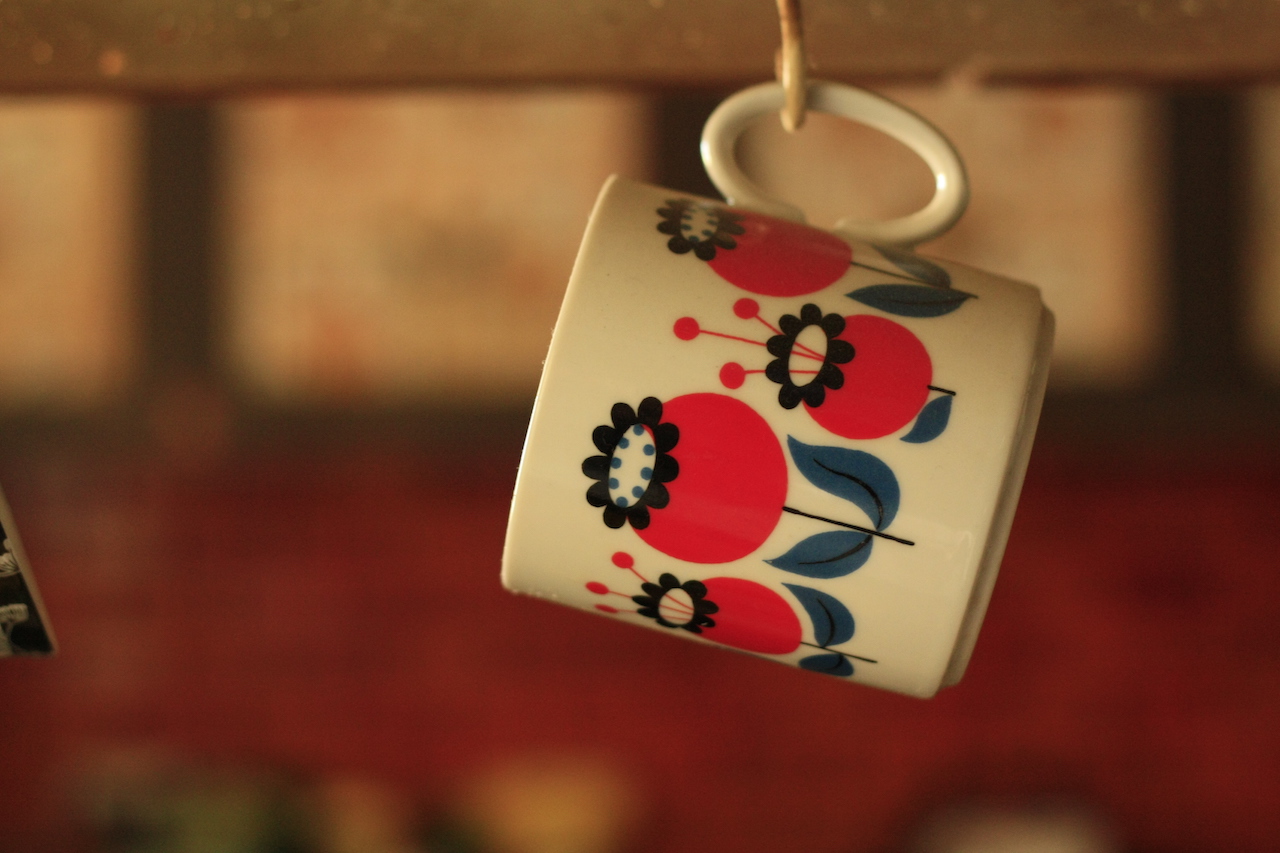
1970s: Hanging Mugs on Display
Coffee mugs that had once been tucked away in kitchen cabinets were suddenly placed on display as hanging them from hooks somehow became a thing. Spilled your coffee? Here are the most common stains and how to treat them.
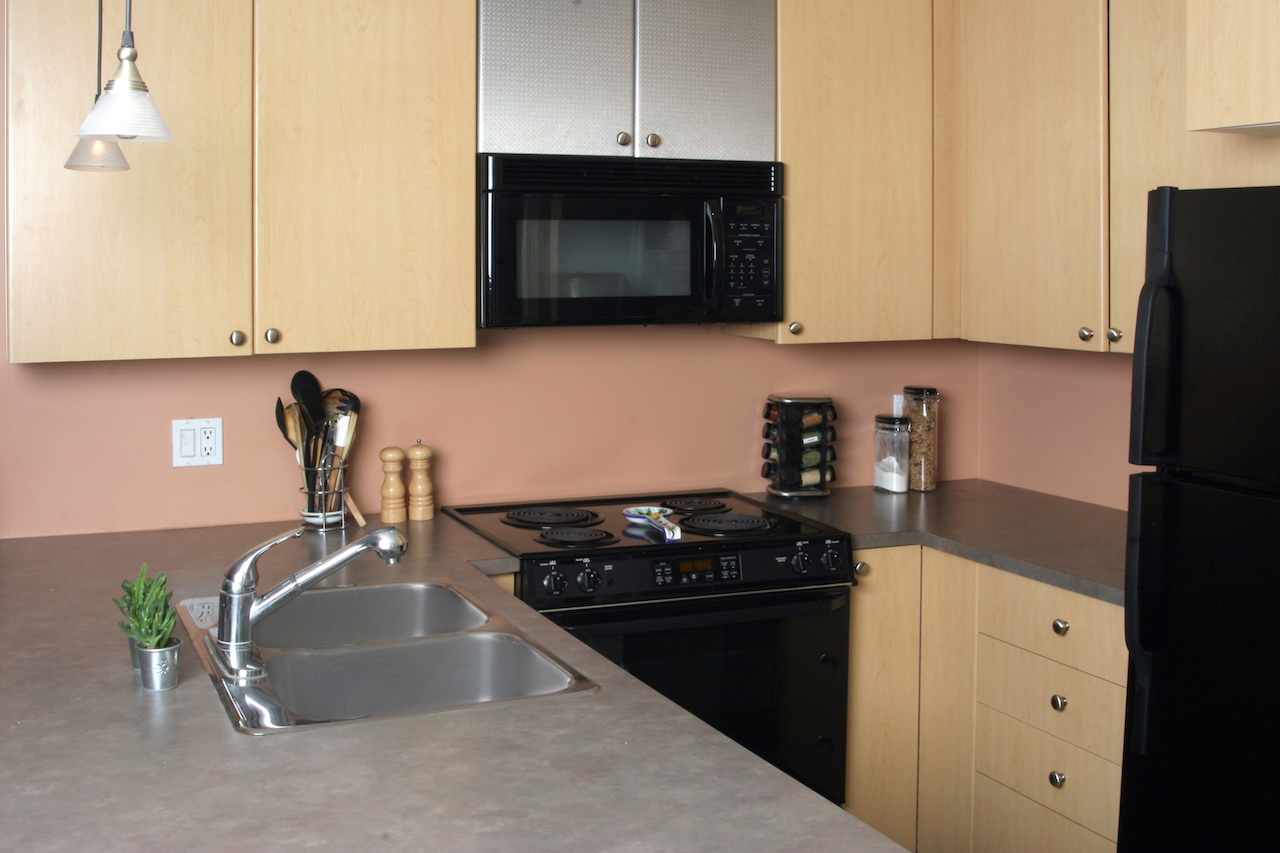
1980s: Black Appliances
While avocado may have been all the rage in the 1970s, the following decade brushed that aside and went all-in on black appliances, often contrasted with light-coloured wood cabinets.
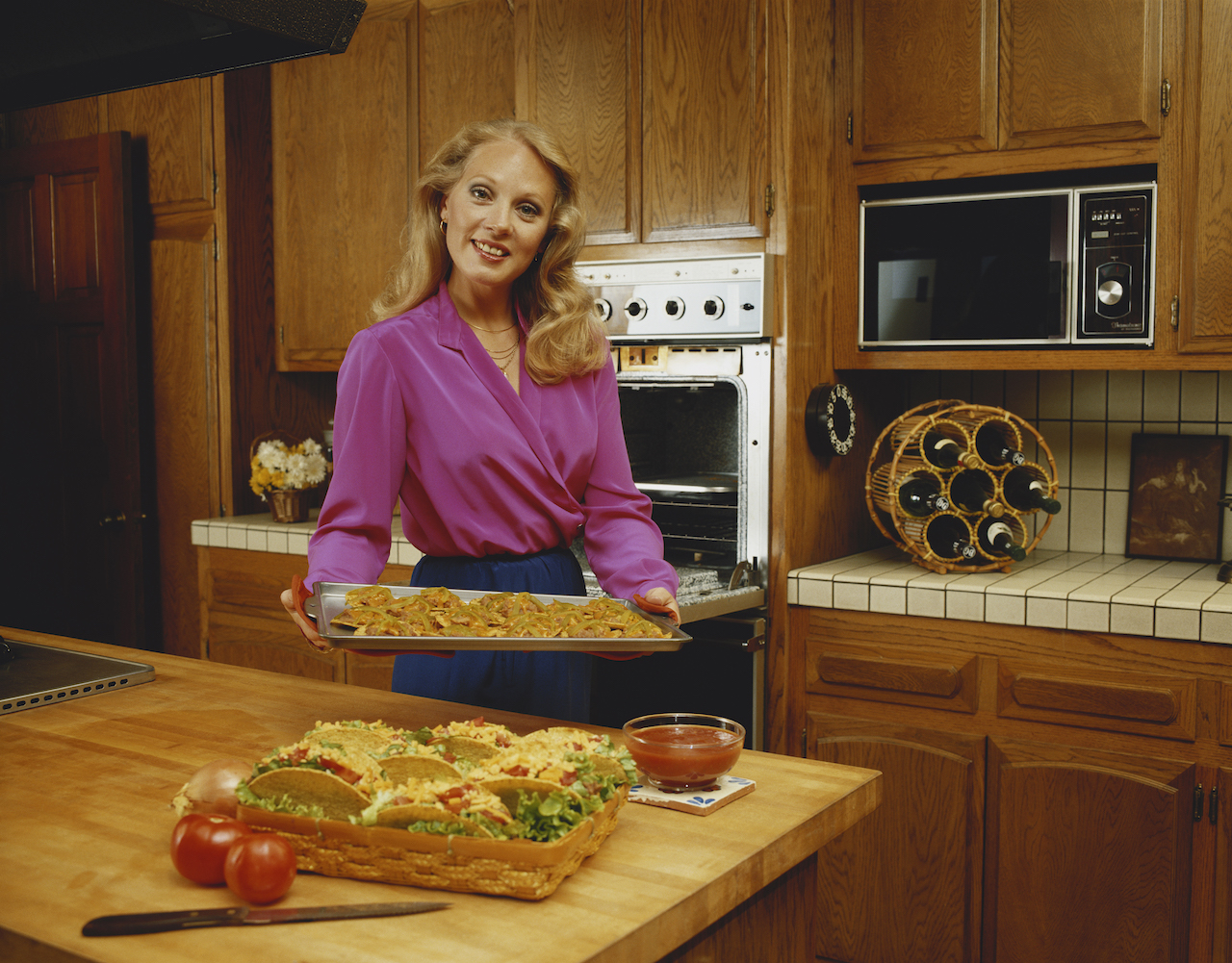
1980s: Tiled Countertops
Tiled countertops had been a feature of kitchens for decades, but really made a big comeback in the 1980s, likely because it was a less-expensive choice and could be found in a wildly diverse array of styles and colours.
Related: 2020 Decorating Trends Revealed in Worst to First
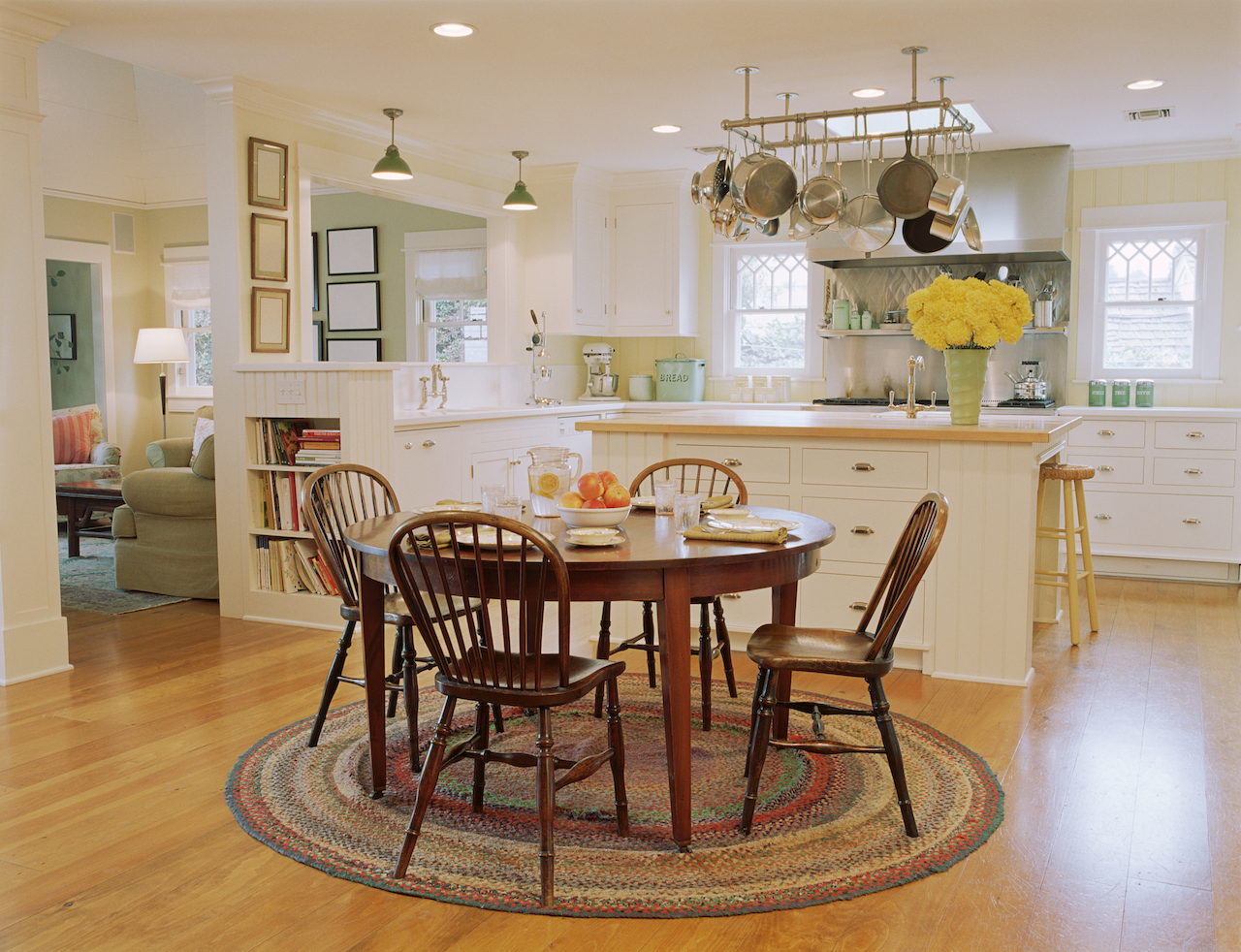
1990s: The Country Kitchen
For some reason, the country kitchen trend caught on big in the 1990s – did everybody suddenly wish they lived on a farm? Along with the resurgence in farmhouse sinks and wood countertops, this trend also encouraged hanging pots and pans from an overhead rack, not just for easy access but as a design statement. This became an issue in kitchens where ceilings weren’t so high, leading to the occasional bumping of the head by a frying pan.

1990s: Tuscan Style and Faux Finishes
Recreating the kitchen from a villa in Tuscany became big during the 1990s, while kitchen designers also embraced the rag-rolling faux finishes that became popularized at the time. The result could be seen in kitchens such as this one, which went all-in on the Tuscan trend while also adding a faux finish.
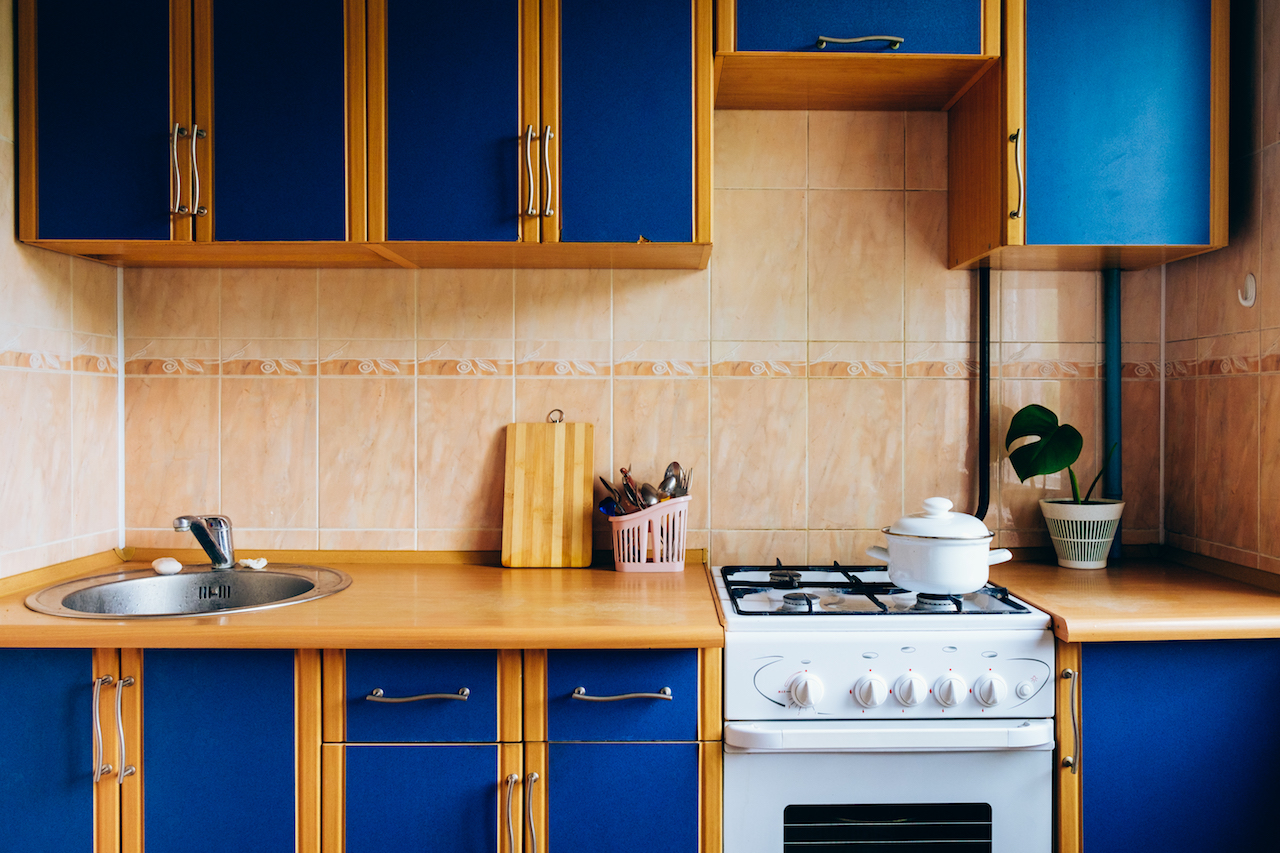
2000s: Two-Toned Cabinets
Combining two colours in kitchen cabinetry also became popular during the 2000s, as did wood-trimmed brightly-coloured cabinets. Here are some soaring kitchen ceiling that’ll give you design envy.
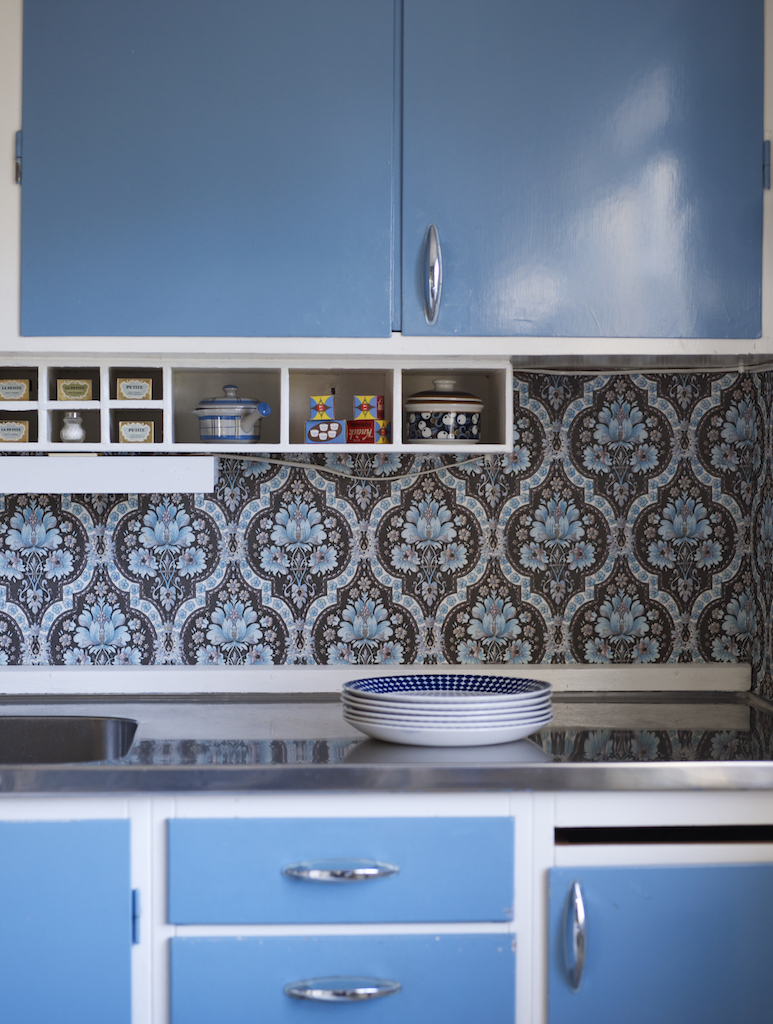
2000s: Mosaic Tiles
When designers outgrew the Tuscan kitchen trend, they began getting super creative with backsplashes by sourcing colourful mosaic tiles for a look that has’t exactly stood the test of time.
Related: Backsplash, Tile, Cabinetry: The 15 Top Kitchen Trends for 2020
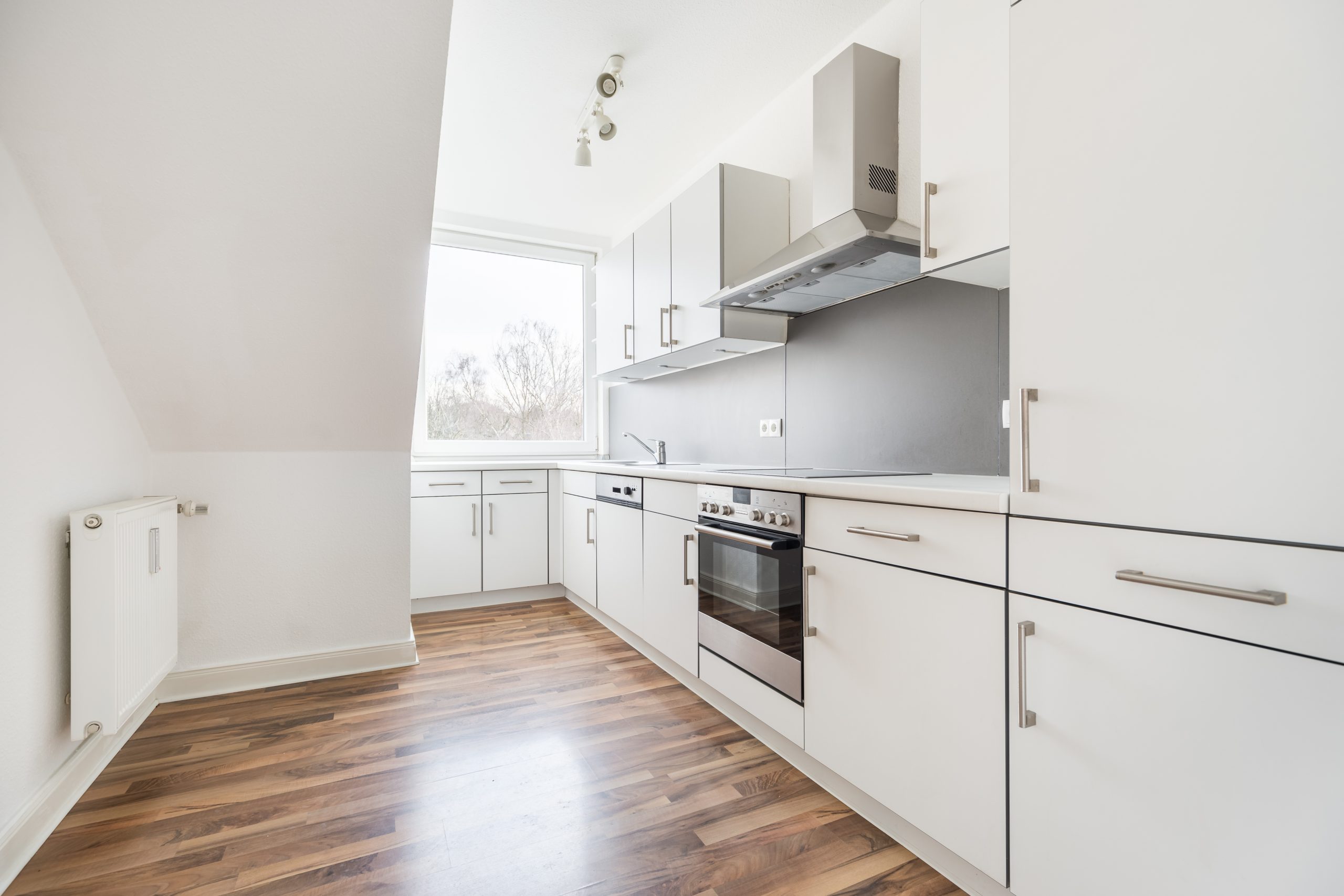
2000s: All-White Kitchens
Among all the kitchen trends of the 2000s, perhaps the most prevalent was the all-white look, with designers seeking a sleek, colourless monochrome that was elegant, sleek – but also kind of boring.
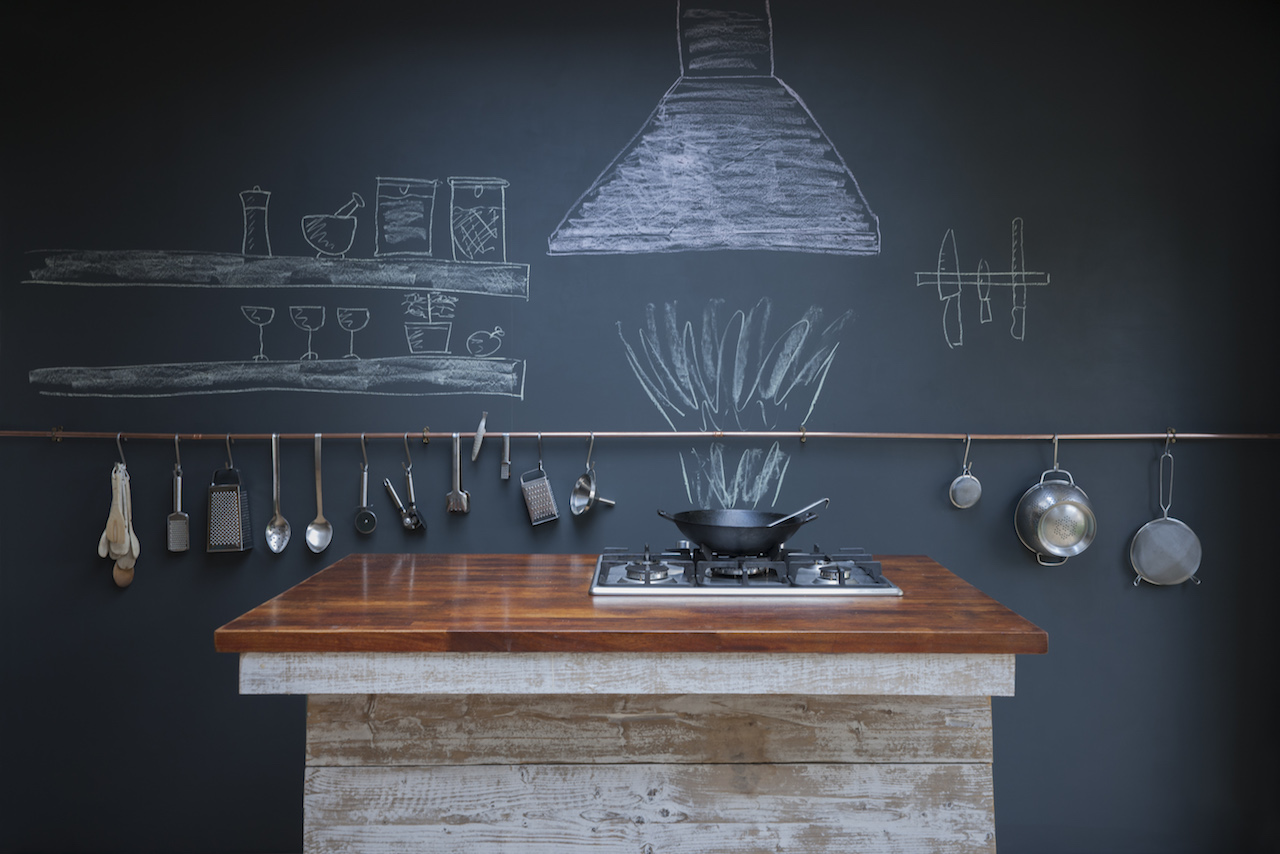
2010s: Chalkboard Walls
Chalkboard walls became popular with those looking to recreate the vibe of a hip cafe within their own kitchens.
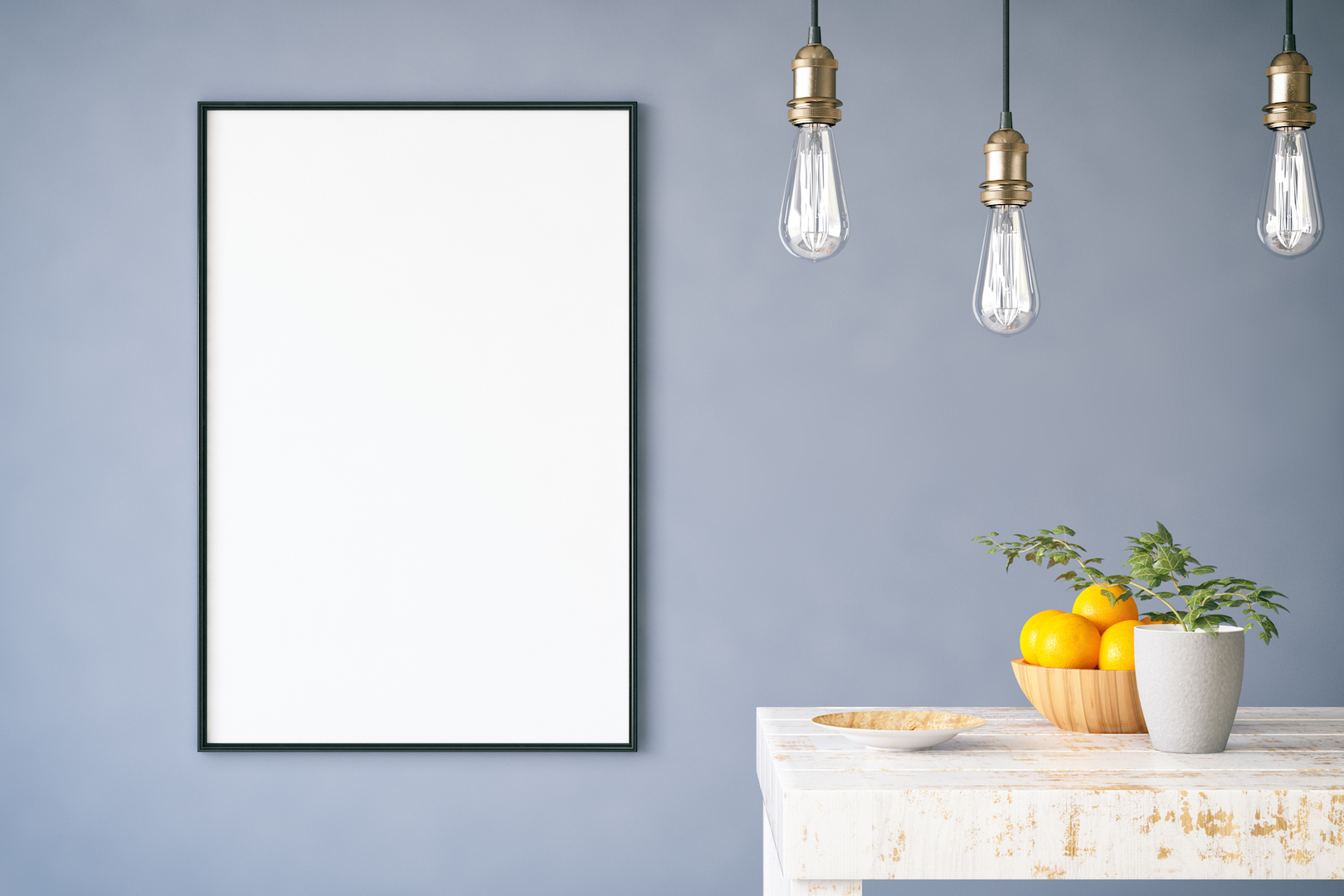
2010s: Edison Bulbs
As kitchens embraced a more industrial aesthetic during the 2010s, simple hanging light fixtures with vintage-looking Edison bulbs became all the rage. Alternatively, here are some lighting trends that’ll transform any room.

2010s: Open Shelving
While the open shelving trend made sense financially – putting up some shelves costs significantly less than installing cabinets – they also proved to be not that practical in terms of storage. (There’s a lot to be said for being able to hide kitchen clutter behind cabinet doors versus having it all right there out in the open).
Related: 20 Gorgeous Kitchens That Will Inspire You to Embrace Open Shelving
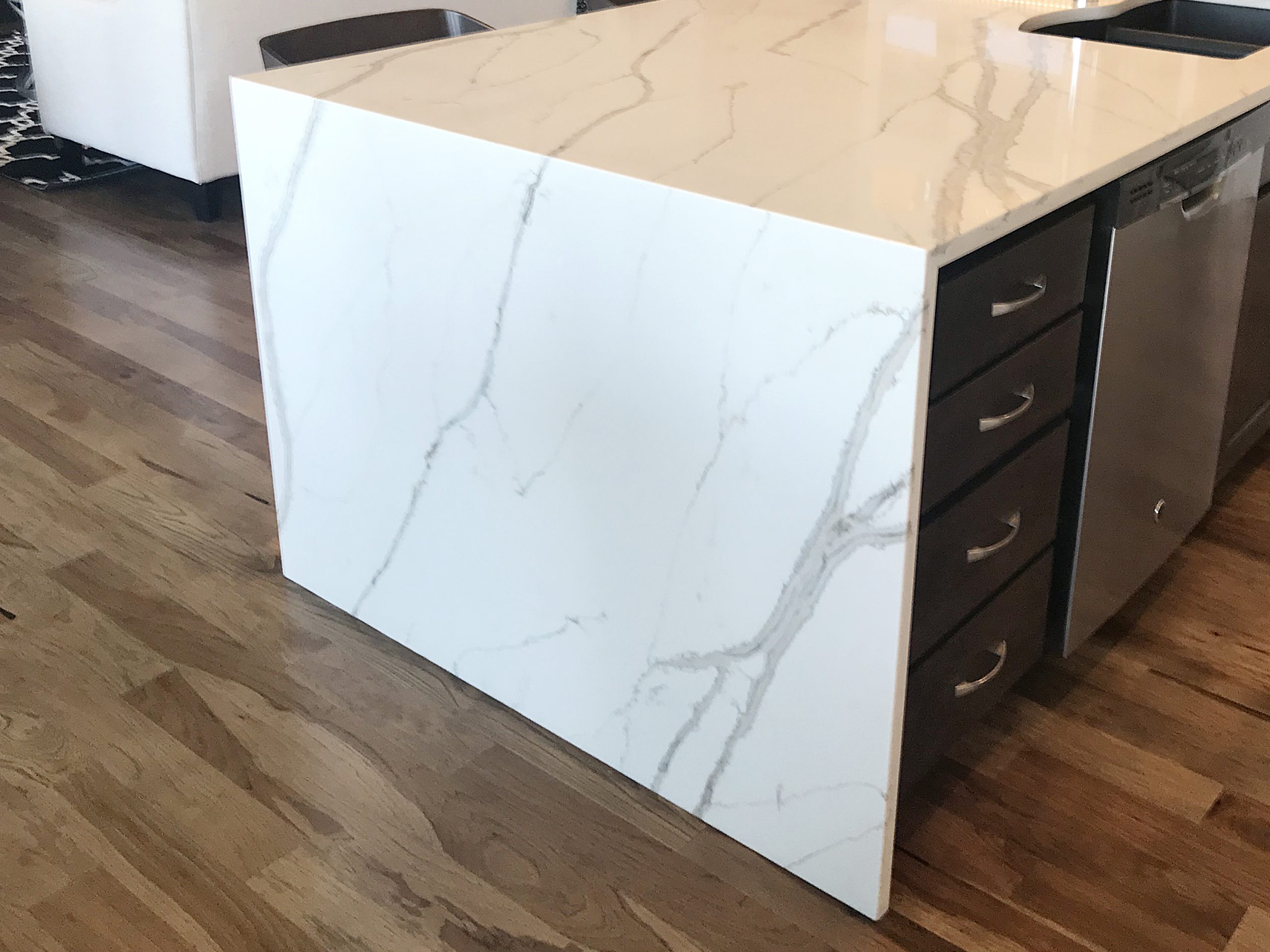
2010s: Waterfall Countertops
Having a countertop that doesn’t end at the edge but instead takes a turn to wind up at the floor became a big kitchen trend in the 2010s. While it’s definitely an eye-catching aesthetic, there’s a good chance that it’s going to be one of the key elements that will make a kitchen seem dated in the years to come.
HGTV your inbox.
By clicking "SIGN UP” you agree to receive emails from HGTV and accept Corus' Terms of Use and Corus' Privacy Policy.




